Essential Gaming Monitor Guide: Navigating Refresh Rates and Response Times for Optimal Performance
Oct-22-2024
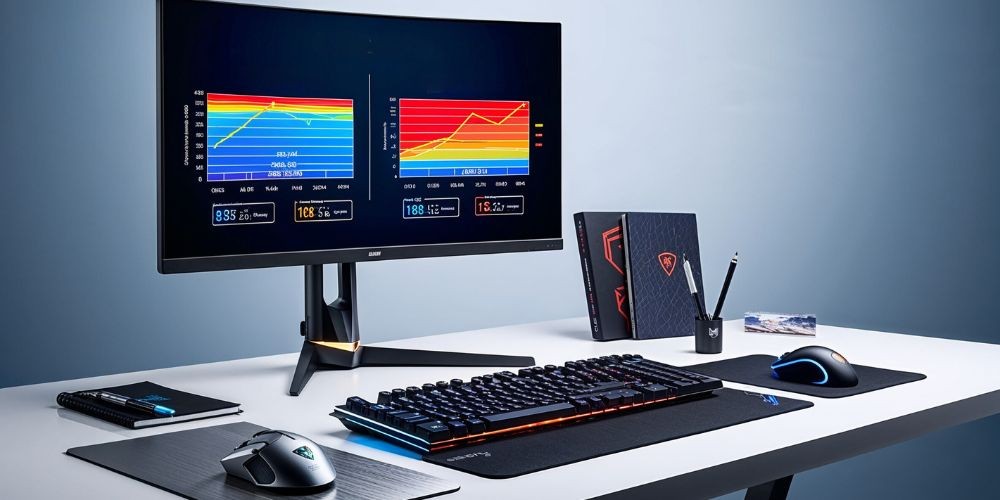
Choosing the right monitor for competitive gaming isn't just about picking the most expensive or most well-known brand; it's about understanding the technical specs that matter. For those aiming to elevate their gaming experience, factors like refresh rates, response times, and resolution play critical roles in determining how gaming visuals and actions perform on screen. Let’s delve into how these features work and what to look for in a gaming monitor tailored for a competitive edge.
Understanding Refresh Rates: The Frame Speed Factor
Every gamer has heard about refresh rates, yet few truly understand their importance. Refresh rates, measured in Hertz (Hz), indicate how many times a monitor can refresh the image per second. The difference in gameplay experience can be substantial between a 60Hz monitor and one with a 144Hz or even 240Hz refresh rate.
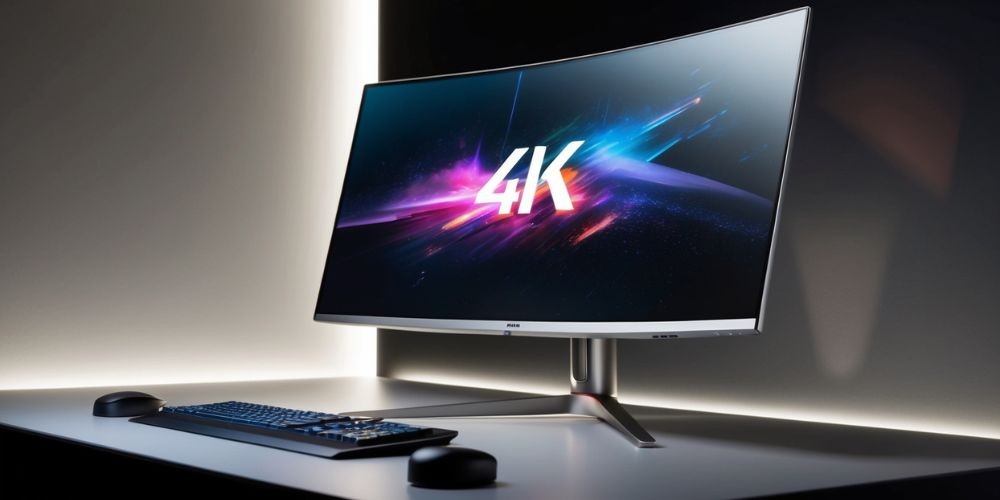
- Why Refresh Rates Matter: A higher refresh rate facilitates smoother motion, reducing motion blur and screen tearing, which are crucial in fast-paced competitive gameplay. For first-person shooters, racing, and sports games, the sensitivity to screen updates impacts how quickly you can react to onscreen events.
- Selecting the Ideal Refresh Rate:
- 60Hz: Adequate for casual gaming, where system demands and budgets are limited.
- 120Hz to 144Hz: The sweet spot for experienced gamers offering a balance between cost and performance. These monitors provide fluid transitions and are effective in enhancing the immersive experience.
- 240Hz and Beyond: Aimed at professional gamers or those investing in e-sports. It's crucial for games requiring quick reflexes, giving you a keen edge over competitors.
However, it's essential to match your monitor’s refresh rate with your graphics card's capabilities. A powerful GPU can completely utilize the advantages of a higher refresh rate, whereas an average one might struggle to deliver the desired performance at ultra-high settings.
Response Time: Reducing Ghosting and Blurring
While refresh rate measures how quickly the monitor updates, response time refers to how quickly a pixel can change colors. Typically measured in milliseconds (ms), lower response times mean reduced ghosting and clearer, sharper images during gameplay.
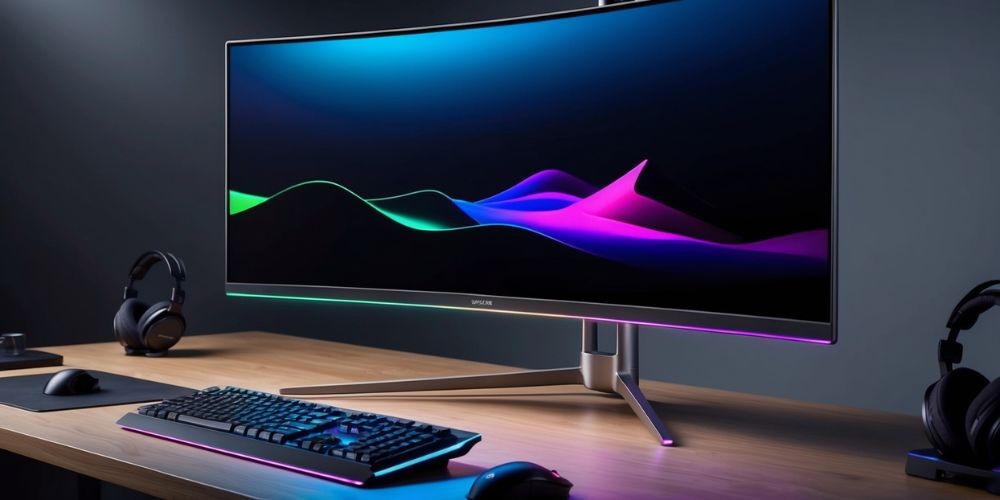
- What is an Optimal Response Time?:
- Most gaming monitors range between 1ms to 5ms. For competitive gaming, especially in e-sports or action-packed games, a response time of 1ms ensures minimal lag and motion blur.
- A panel with slower response time can lead to visible trails of moving objects, causing distractions and poorer performance during high-speed gaming sequences.
- Technological Variations and Impact:
- TN Panels: Known for the fastest response times, hence popular among professional gamers.
- IPS Panels: Offer slower response times compared to TN but trump in color accuracy and viewing angles. Recent advancements have seen response improvements in IPS panels, bridging the gap between speed and visual quality.
- VA Panels: Fine balance between TN and IPS, with better color and contrast but typically slightly slower than TN.
Resolution Realities: The Visual Clarity Conundrum
Resolution impacts the sharpness of the screen and, consequently, the level of detail in games. With advancements in graphics and gaming engines, resolution has become an integral attribute in gaming monitors.
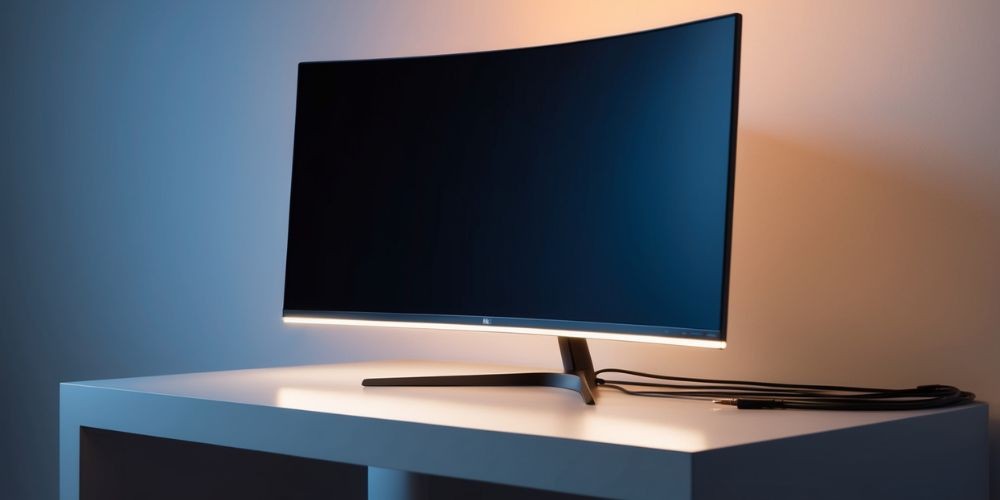
- Common Gaming Resolutions:
- 1080p (FHD): Standard in budget setups, balancing performance and visual fidelity, especially effective with 144Hz on mid-range machines.
- 1440p (QHD): The middle ground. More demanding than FHD but provides better details and image clarity, often coupled with high refresh rates for immersive gameplay.
- 4K (UHD): Offers the pinnacle of visual clarity but requires a potent GPU for optimal performance and higher refresh rates, making them often more expensive and demanding.
- Balancing Resolution and Refresh Rate:
- Higher resolution demands more from your system. It’s pivotal to ensure your graphics card can handle the desired resolution and refresh rate combination to avoid bottlenecks in performance.
- For the ultimate gaming experience, a strong GPU paired with 1440p or even 4K at high refresh rates will enable stunning visuals with responsive performance.
Monitor Panel Types: Understanding the Pros and Cons
Selecting a monitor also involves understanding the differences in panel technology, each bringing benefits and limitations:
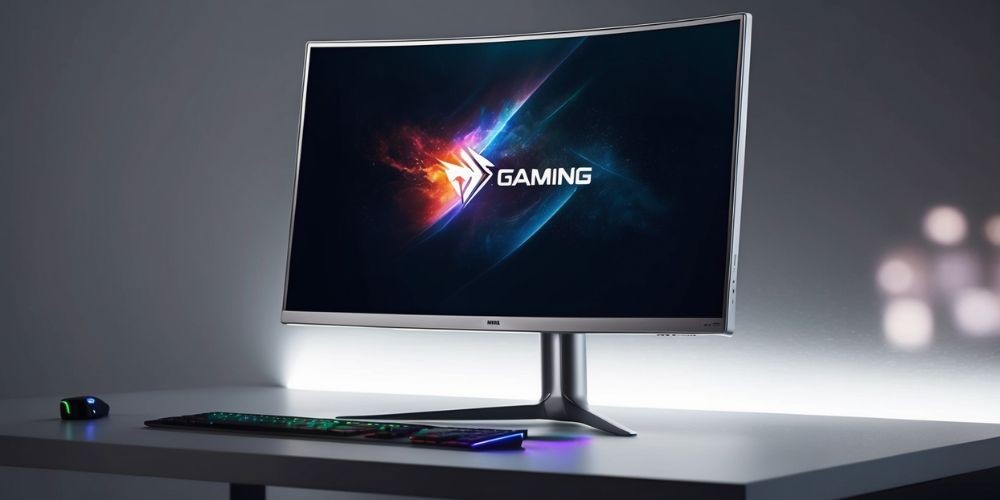
- Twisted Nematic (TN) Panels:
- Pros: Fastest response times and affordability.
- Cons: Poor color accuracy and limited viewing angles.
- In-Plane Switching (IPS) Panels:
- Pros: Superior color reproduction and wide viewing angles.
- Cons: More costly with generally slower response times than TN, although this gap is closing.
- Vertical Alignment (VA) Panels:
- Pros: Best contrast ratios and good color depth.
- Cons: Slower response times can be a drawback for competitive gaming.
- Emergent Technologies: OLED & Quantum Dot:
- OLED and QD-OLED bring expansive colors, deep blacks, and quick response times to the table, providing cutting-edge visual experiences, albeit at a higher price point.
Additional Features for Enhanced Gaming
In the quest for the ideal gaming monitor, it’s equally important to consider other features that can enhance the overall gaming experience:
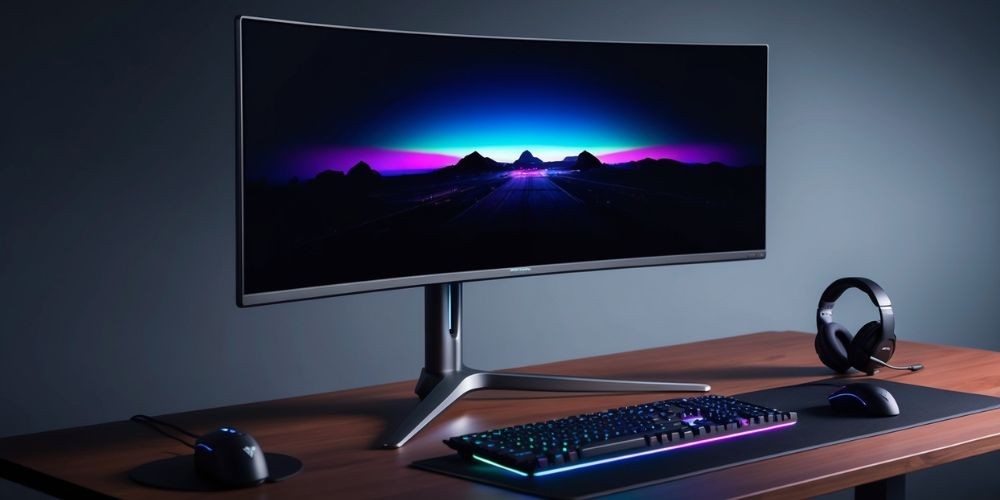
- Adaptive Sync Technologies:
- G-Sync (NVIDIA) and FreeSync (AMD) are technologies designed to eliminate screen tearing and ensure buttery-smooth gameplay. Selecting a monitor compatible with your graphics card manufacturer's sync technology is key to the best experience.
- HDR (High Dynamic Range):
- Provides a broader range of colors and better contrast ratios, infusing games with more realism and depth. Various VESA DisplayHDR ratings exist, delineating the capability to reproduce these contrasts effectively.
- Connectivity Options:
- Availability of ports such as HDMI 2.1, DisplayPort 1.4, and USB-C can impact the future-proofing of your setup, managing peripherals seamlessly for streamlined gaming sessions.
- Ergonomics and Design:
- Adjustable stands for tilt, height, and pivot allow customization for comfortable gaming sessions, reducing strain during prolonged usage. Edge-to-edge designs also offer an immersive viewing experience.
Personalizing Your Theoretical Gaming Space
Finally, it is crucial to align your monitor's specs with your overall gaming setup. Consider these tips:
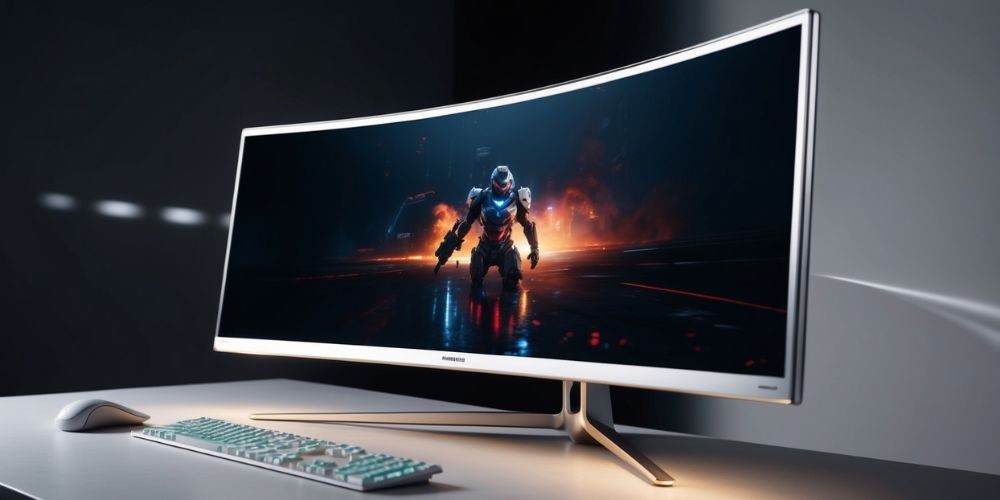
- Budgeting Your Gear:
- Allocate funds where it impacts most. A mid-range monitor with rapid refresh and response can outperform high-end models when coupled with the right GPU.
- Balancing Components:
- Ensure harmony between CPU, GPU, and monitor capabilities to optimize performance without overkill in unnecessary specs.
- Research and Reviews:
- Leverage reviews and user feedback for genuine insights. Different manufacturers might have unique strengths in technologies or build quality.
- Future-Proofing:
- Invest a little more for features that might become essential, such as higher HDR certifications or improved sync technologies.
Selecting the right monitor goes beyond the specs. It's about matching technology with personal gaming habits, ensuring responsiveness, and delivering breathtaking scenes as games reach new heights in visual richness. Focuses on the synergy of refresh rates, response times, and resolutions reaffirm that while choices abound, the best monitor is one that aligns seamlessly with your gaming journey.







